Optimal Timing for Land Leveling
Land levelings are most effective when performed during specific times of the year, depending on weather conditions and soil moisture levels. Proper timing ensures optimal soil compaction, drainage, and preparation for future use.
Ideal for preparing fields before planting, with soil moisture levels suitable for grading and compaction.
Suitable after harvest when soil has dried sufficiently, allowing for effective leveling without soil disturbance.
Land leveling during winter is generally discouraged due to frozen ground and unpredictable weather conditions.
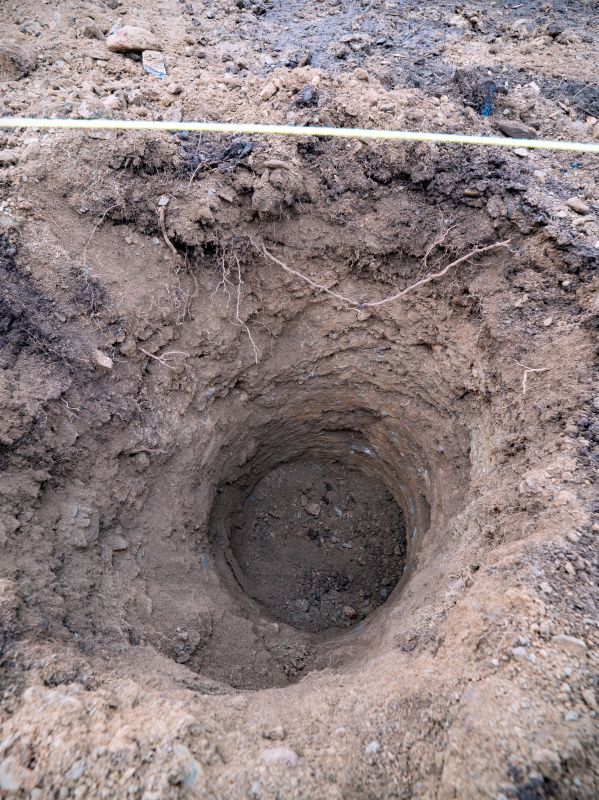
Soil is moist and workable, making it ideal for land leveling activities.

Dry soil conditions facilitate precise grading and efficient work.
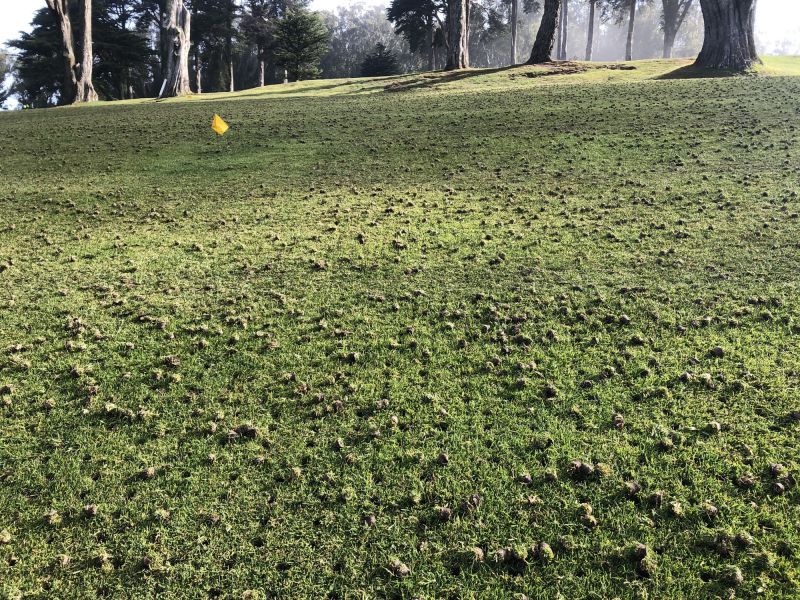
Understanding seasonal soil moisture helps determine the best timing for land leveling.
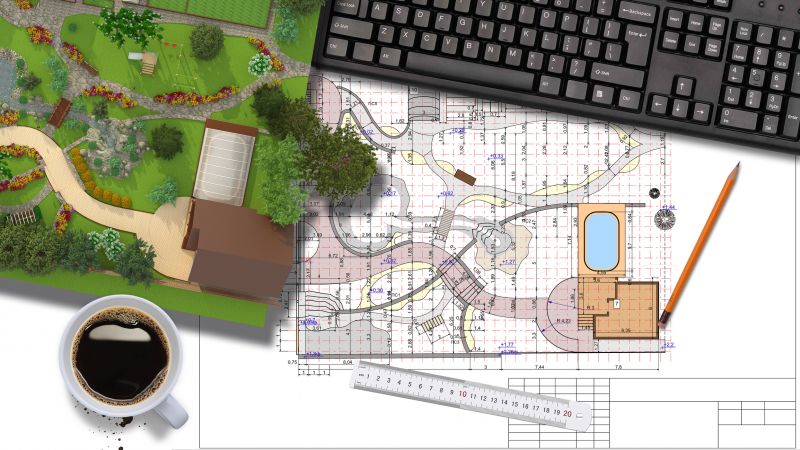
Ways to make Land Levelings work in tight or awkward layouts.
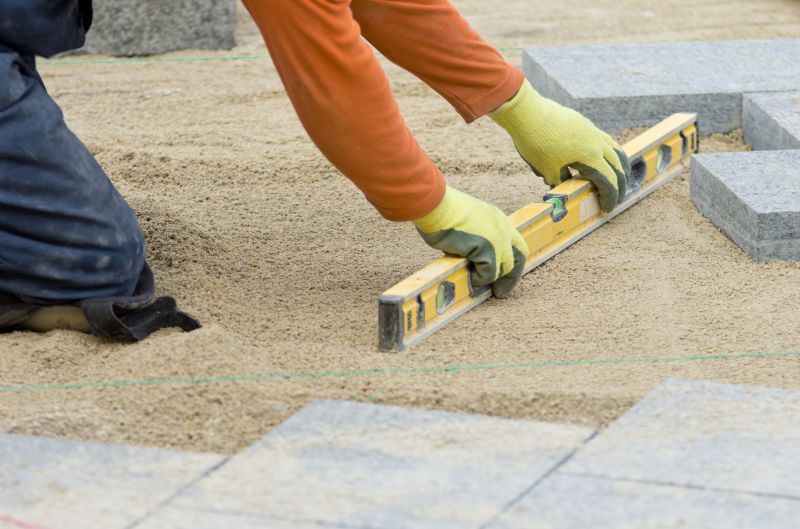
Popular materials for Land Levelings and why they hold up over time.

Simple add-ons that improve Land Levelings without blowing the budget.
| Season | Optimal Activities |
|---|---|
| Spring | Preparing fields for planting, soil grading, and drainage improvements. |
| Summer | Maintenance and minor adjustments, especially after heavy rains. |
| Early Fall | Final leveling before winter, post-harvest soil drying. |
| Late Fall | Limited activity, mostly soil stabilization. |
| Winter | Generally not recommended due to frozen ground. |
Land leveling involves adjusting the surface of the land to a desired grade, which improves drainage, reduces erosion, and creates a uniform surface for agricultural, construction, or landscaping purposes. Proper timing enhances the effectiveness of leveling projects by ensuring soil conditions are optimal for grading and compaction. Seasonal considerations are crucial; working during periods of adequate soil moisture allows for easier manipulation and better results.
Statistics indicate that land leveling can increase crop yields by improving water distribution and reducing runoff. It also minimizes soil erosion and enhances irrigation efficiency. Properly timed land leveling projects can lead to significant cost savings by reducing the need for repeated work and minimizing soil compaction issues.
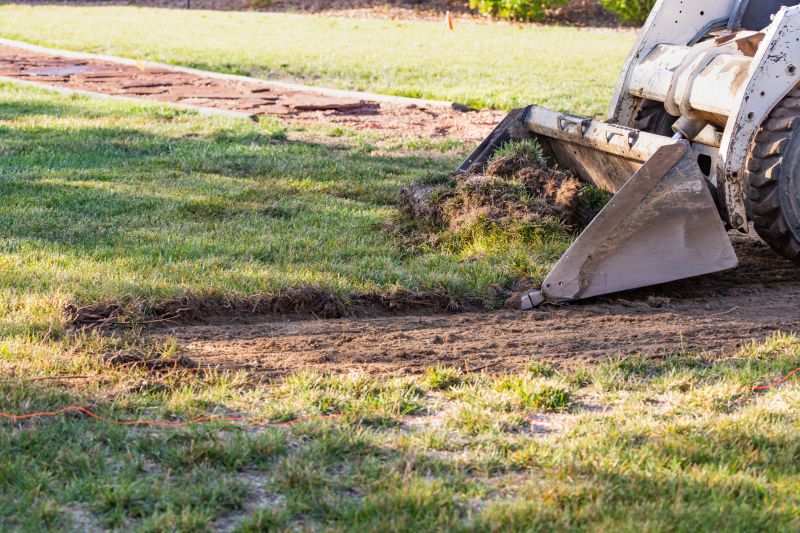
Achieves uniform surface for optimal water flow and crop growth.
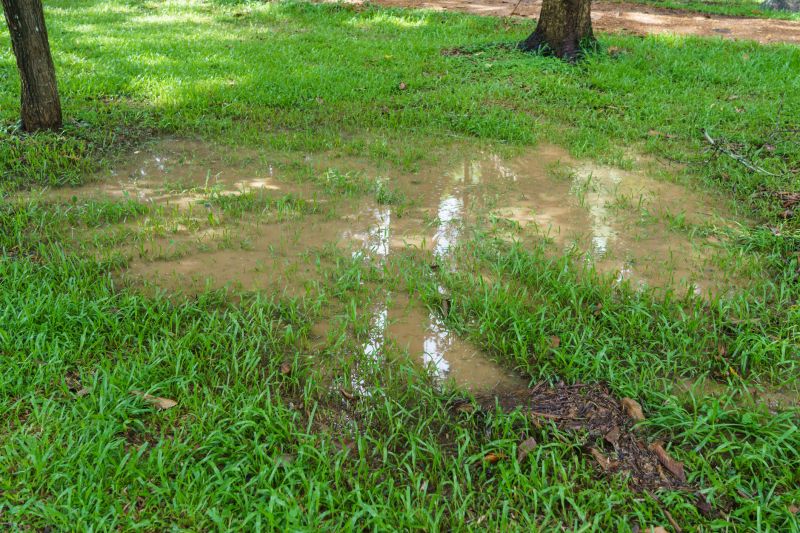
Timing land leveling with soil moisture levels improves results.

Aligning projects with seasonal weather patterns ensures success.

Enhances irrigation and crop production efficiency.

High-end options that actually feel worth it for Land Levelings.

Finishes and colors that play nicely with Land Levelings.

Little measurements that prevent headaches on Land Levelings day.

A 60-second routine that keeps Land Levelings looking new.

A frequent mistake in Land Levelings and how to dodge it.
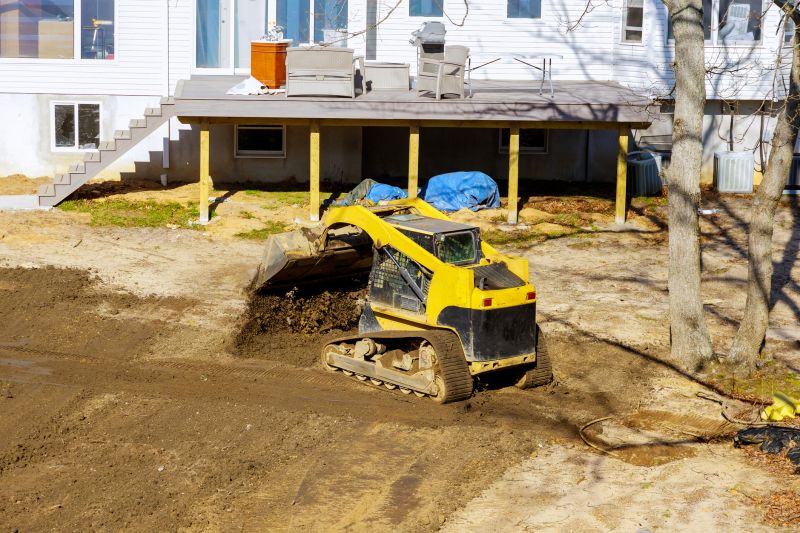
Small tweaks to make Land Levelings safer and easier to use.
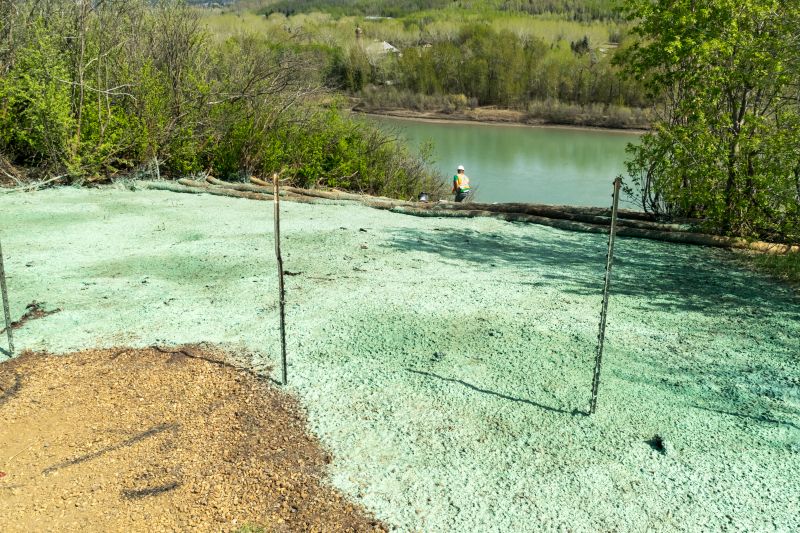
Lower-waste or water-saving choices for Land Levelings.

The short, realistic tool list for quality Land Levelings.
Interested in land leveling services? Filling out the contact form can provide more information and assistance in planning the optimal timing for land leveling projects.



